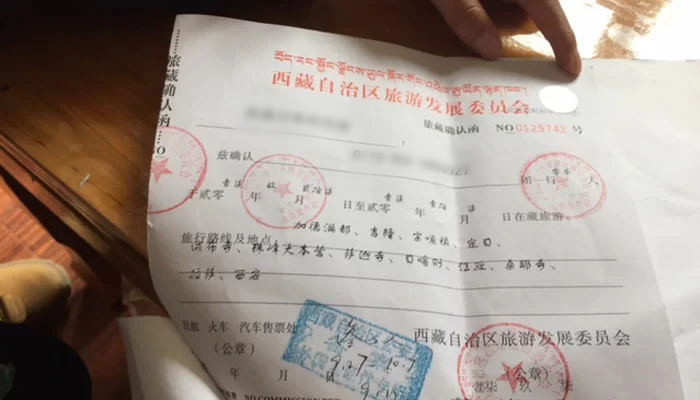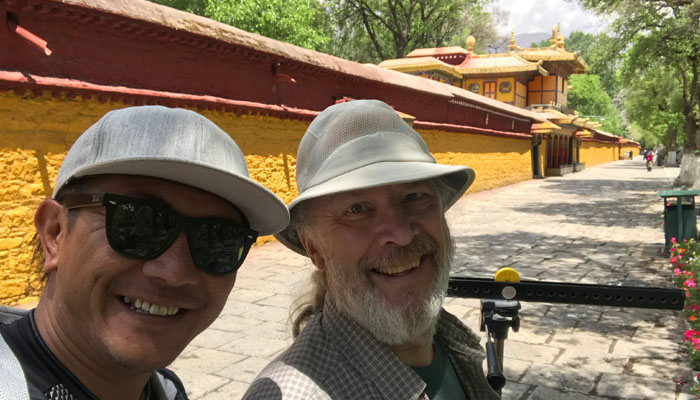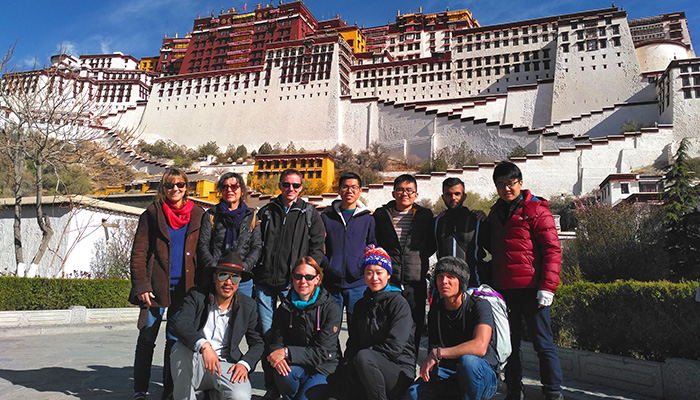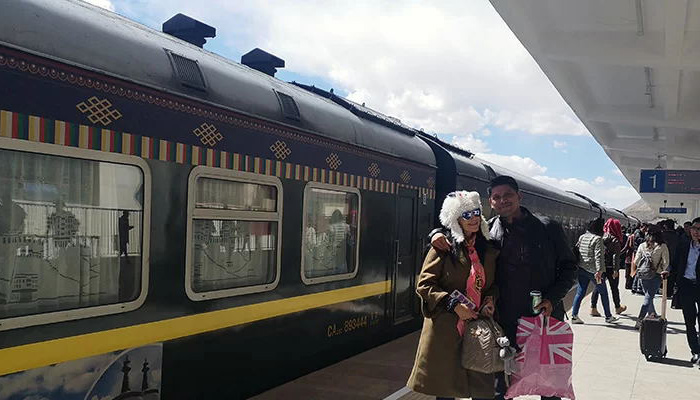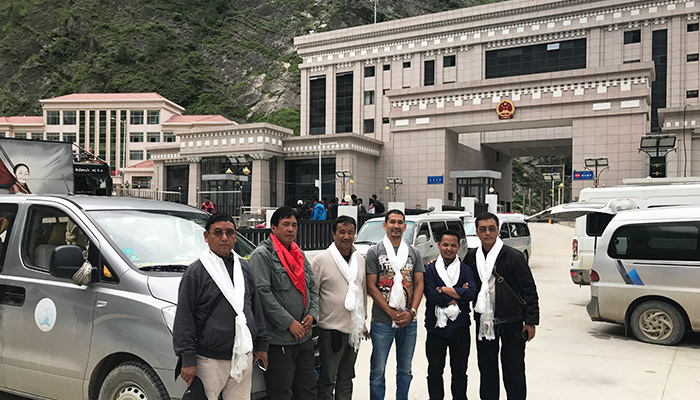Western Tibet, encompassing Ngari Prefecture and parts of northwestern Shigatse, is one of the most remote and otherworldly regions on the Tibetan Plateau. With its stark, high-altitude beauty—think towering rock formations, shimmering salt lakes, and vividly colored mountains—this area offers a raw and unforgettable travel experience. Here's what you can expect when exploring this sacred and mysterious land.
1. Take on the 3-Day Mount Kailash Kora Trek
Mount Kailash is the most sacred mountain in the world, revered in Buddhism, Hinduism, Jainism, and Bon. Climbing it is forbidden, but pilgrims and travelers alike come for the kora—the sacred 52-kilometer trek around the mountain. Most tourists complete the route in three days, taking time to adapt to the high altitude and rugged terrain as they walk alongside devoted pilgrims.
2. Walk Along the Sacred Manasarovar Lake
Just south of Mount Kailash lies Lake Manasarovar, one of Tibet's Great Three Holy Lakes. Its crystal-clear waters and peaceful shoreline create a serene contrast to the dramatic peaks nearby. Whether you're visiting before or after the Kailash trek, the lake is an ideal place for reflection and appreciation of nature's purity.
3. Discover the Ruins of the Lost Guge Kingdom
The ancient Guge Kingdom was established in the 10th century by descendants of the fallen Tibetan Empire. The remains of its hilltop fortress still command awe, with labyrinthine tunnels, thick stone walls, and vivid murals that whisper stories of a long-lost civilization. Visiting Guge feels like stepping back in time.
4. Capture the Beauty of Zanda Clay Forest
Hidden in Zanda County, the Zanda Clay Forest features stunning earth formations sculpted by wind and water over millions of years. Often resembling castles, temples, or towers, the formations stretch for miles and offer dramatic photo opportunities, especially in the golden light of sunrise or sunset.
Insider Tip:
The best way to experience Western Tibet is by joining an overland journey from Lhasa via the Sino-Nepal Highway (G318). The 15-day Mount Kailash pilgrimage tour is highly recommended, as it includes iconic destinations like Lhasa, Shigatse, Everest Base Camp, and of course, the wonders of Ngari.
Long press the QR code below to book now!
- WeChat: Mytibettour

Explore Tibet with Our Popular Tibet Tours
If you have any questions or comments please complete the form below. We'd love to hear from you!
Our Contact Infomation Details
WhatsApp\Tel: 86 139 8998 9889 Lhamo
Email: TibetTravelAgency@gmail.com
https://www.tibettour.com/tibet-tours/
>> 8 Days Lhasa to Everest Base Camp Tour
This classic itinerary is designed for tourists who want to travel to Everest Base Camp. You have one more day to explore Lhasa's life and then travel to Everest Base Camp.
Day 1: Arrival in Lhasa
Day 2: Lhasa Tour (B, D)
Day 3: Lhasa Tour (B, L)
Day 4: Lhasa to Shigatse via Gyantse, Yamdrok (B)
Day 5: Shigatse to Everest Base Camp (B)
Day 6: Everest Base Camp return to Shigatse (B)
Day 7: Shigatse back to Lhasa (B)
Day 8: Lhasa Departure (B)
* Dates: Every Sunday Departure
>> 15 Days Kailash Manasarova Small Group Tour
The destination of this pilgrimage tour is Mt. Kailash. We enrich this tour by including some significant cities in Xizang like Lhasa and Shigatse as well as Mt. Everest - the highest peak in the world.
Day 1: Arrival in Lhasa
Day 2: Lhasa Tour (B, D)
Day 3: Lhasa Tour (B, L)
Day 4: Lhasa to Shigatse via Gyantse, Yamdrok (B)
Day 5: Shigatse to Everest Base Camp (B)
Day 6: EBC to Saga (B)
Day 7: Saga to Darchen, via Lake Manasarover
Day 8-10: 3-day Kailash kora trek
Day 11: Darchen-Saga
Day 12: Saga to Sakya
Day 13: Sakya to Shigatse
Day 14: Shigatse-Lhasa (B)
Day 15: Lhasa Departure (B)
* Dates: Every Other Sunday of Apr. to Oct.
>> 4 Days Lhasa City Small Group Tour
This classic Lhasa city tour is the best choice for tourists who have limited time or visit Xizang for the first time. After visiting the must-sees in Lhasa, you will have a comprehensive impression of Tibetan culture.
Day 1: Arrival in Lhasa
Day 2: Lhasa Tour (B, D)
Day 3: Lhasa Tour (B, L)
Day 4: Lhasa Departure (B)
* Dates: Every Sunday Departure
>> 10 Days Lhasa to EBC and Namtso Lake Tour
The travel route to EBC & Namtso Lake involves all the awe-inspiring attractions, religious sites, and magnificent natural wonders in Xizang.
Day 1: Arrival in Lhasa
Day 2: Lhasa Tour (B, D)
Day 3: Lhasa Tour (B, L)
Day 4: Lhasa to Shigatse via Gyantse, Yamdrok (B)
Day 5: Shigatse to Everest Base Camp (B)
Day 6: EBC and return to Shigatse (B)
Day 7: Shigatse to Lhasa
Day 8: Lhasa to Namtso Lake and drive back to Damxung (B)
Day 9: Damxung to Lhasa (B)
Day 10: Depart from Lhasa (B)
* Dates: Every Sunday Departure
- WeChat: Mytibettour

If you have any questions or comments please complete the form below. We'd love to hear from you!
Our Contact Infomation Details
WhatsApp\Tel: 86 139 8998 9889 Lhamo
Email: TibetTravelAgency@gmail.com
.jpg)
.jpg)
.jpg)
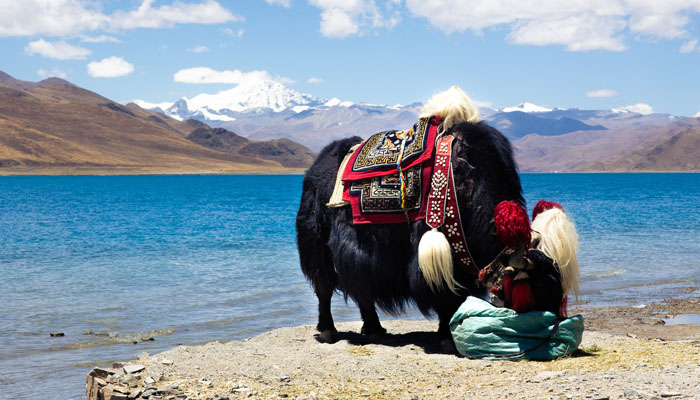 You can visit Yamdrok Lake while travelling from Lhasa to Kathmandu.
You can visit Yamdrok Lake while travelling from Lhasa to Kathmandu.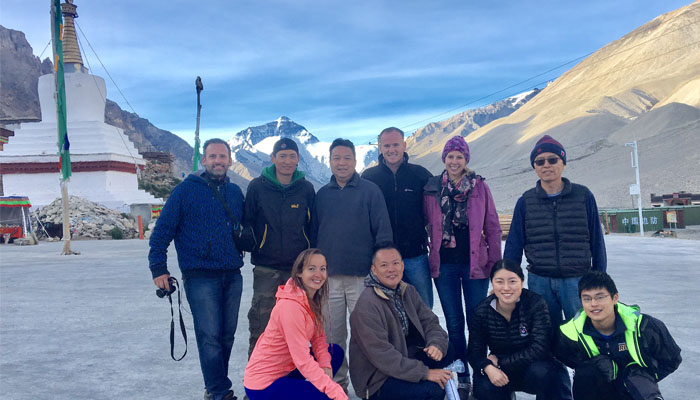 8 days Everest Base Camp tour is the most popular trip in Tibet.
8 days Everest Base Camp tour is the most popular trip in Tibet.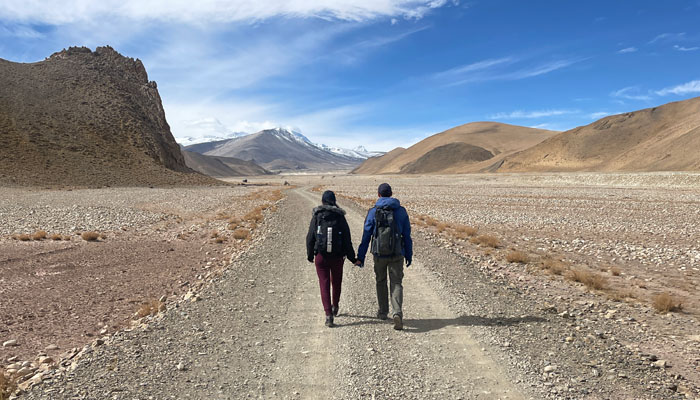 Trekking on the flat route to EBC Tibet
Trekking on the flat route to EBC Tibet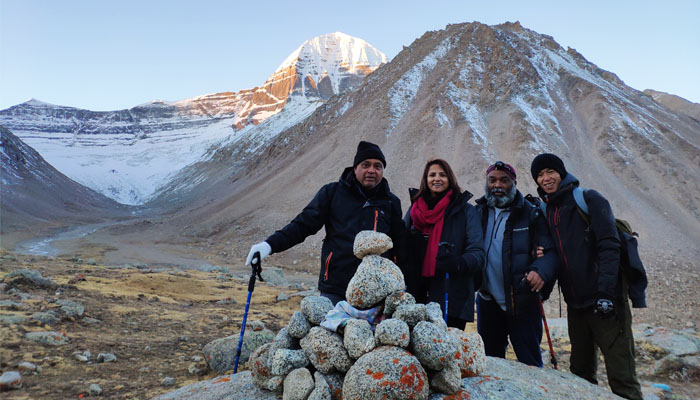 Taking the Mount Kailash Kora during Mount Kailash tour
Taking the Mount Kailash Kora during Mount Kailash tour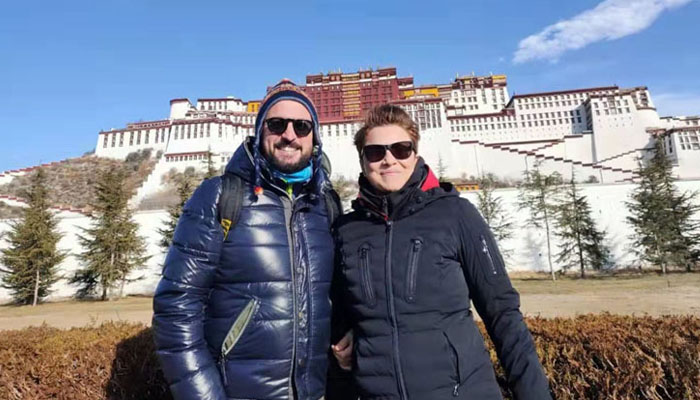 Tibet winter tour has a lot of discounts to offer, including the Potala Palace.
Tibet winter tour has a lot of discounts to offer, including the Potala Palace.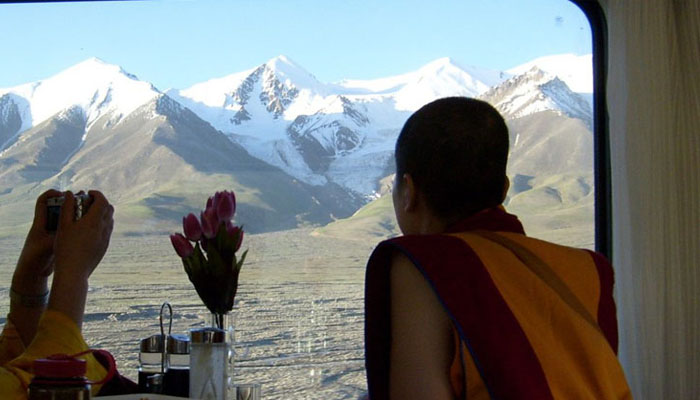 Taking a train to Tibet proves to be cheaper than flying to Tibet.
Taking a train to Tibet proves to be cheaper than flying to Tibet.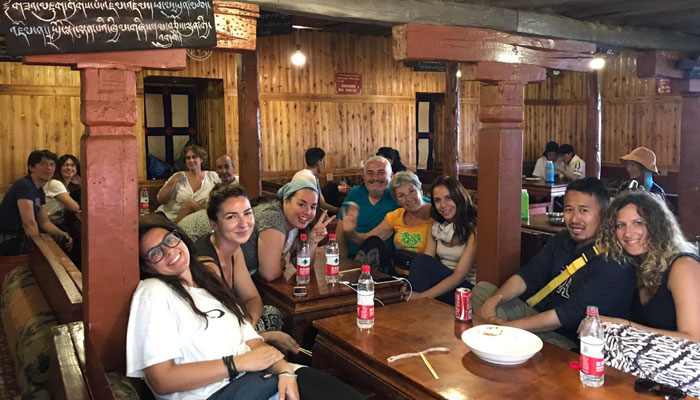 Enjoy Tibetan sweet tea in local teahouse.
Enjoy Tibetan sweet tea in local teahouse.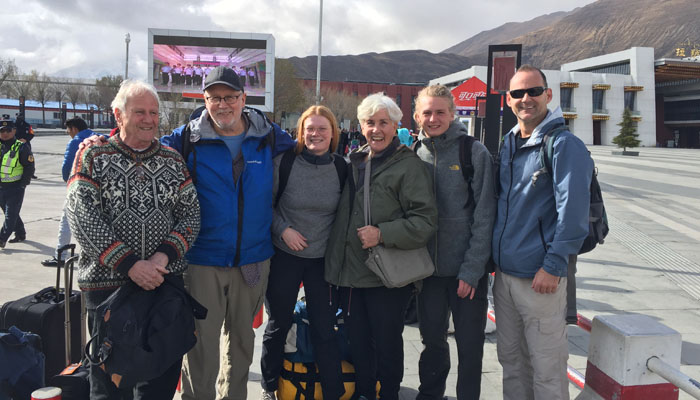 Prepare personal items before you travel to Tibet.
Prepare personal items before you travel to Tibet.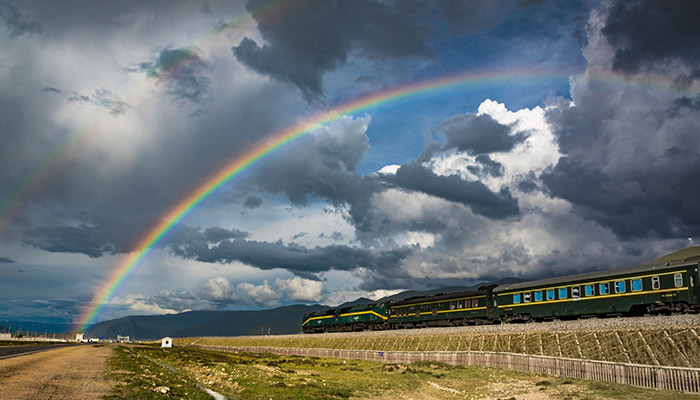 Taking the Tibet train enables one to enjoy the beautiful scenery along the way.
Taking the Tibet train enables one to enjoy the beautiful scenery along the way. The restaurant in Tibet Hotel is very nice.
The restaurant in Tibet Hotel is very nice.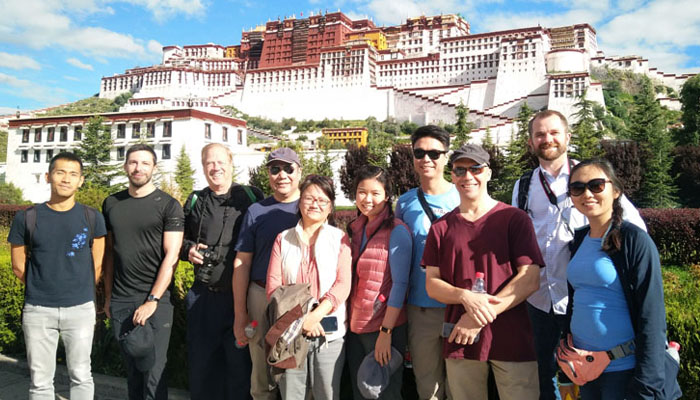 Join our
Join our 